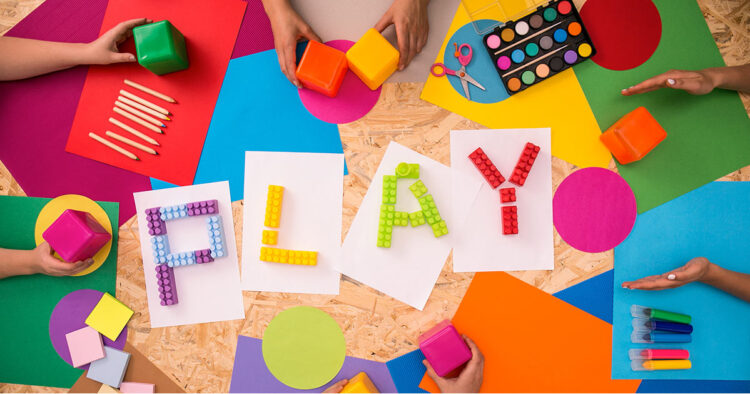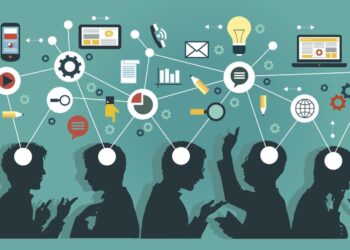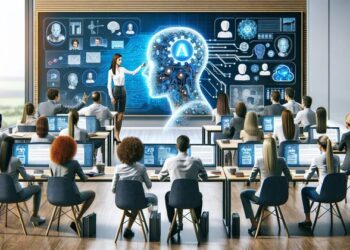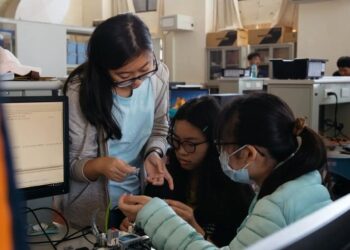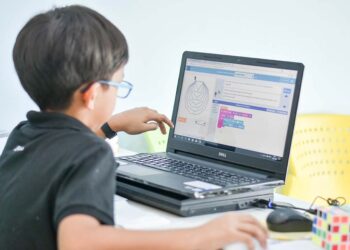In an increasingly academic and structured educational landscape, the profound value of play-based learning for young children is often underestimated or misunderstood. Far from being mere recreation, play is a sophisticated and essential vehicle through which children explore, discover, problem-solve, and make sense of their world. It is the natural language of childhood, a powerful catalyst for cognitive, social-emotional, and physical development. This comprehensive article delves into the indispensable importance of integrating play into early childhood education, exploring the scientific rationale behind its effectiveness, the multifaceted benefits it offers to young minds, practical approaches for educators and parents, and the challenges that must be addressed to fully harness its transformative power.
The Essence of Play-Based Learning
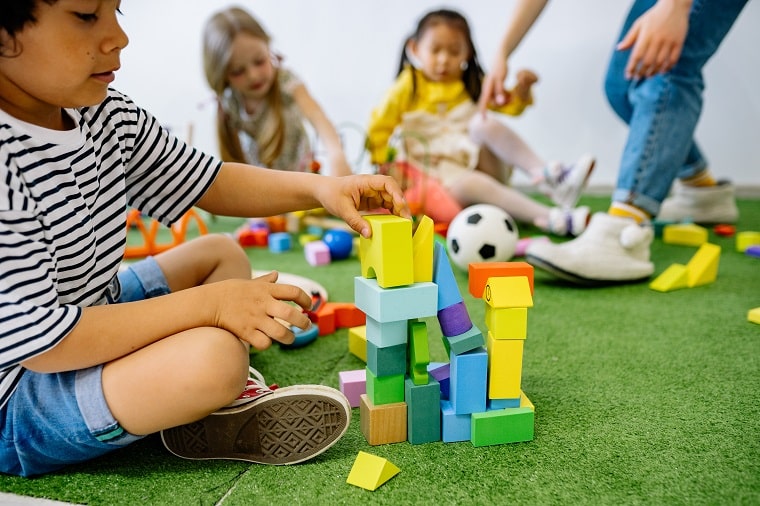
To truly appreciate play-based learning, we must first recognize what “play” encompasses in an educational context. It’s not simply free-for-all, unstructured time, though that has its place. Instead, it refers to a continuum ranging from child-initiated, free play to guided play, where adults intentionally set up environments to encourage specific learning outcomes.
A. Child-Initiated Play (Free Play): This is spontaneous, open-ended play driven entirely by the child’s interests and imagination. Adults act as observers or facilitators, intervening only when necessary for safety or to extend learning through questions. Examples include building with blocks, dramatic play, or exploring a nature table. This type of play is crucial for developing creativity, autonomy, and intrinsic motivation.
B. Guided Play: In guided play, the adult sets up the environment or provides specific materials with a clear learning objective in mind, but the children still have agency and control over their exploration. For instance, a teacher might introduce a new set of measuring cups at the sand table to encourage mathematical concepts, or provide puppets to facilitate social-emotional development through role-playing. The learning is disguised within the playful activity.
C. Teacher-Directed Play: While still involving elements of playfulness, this type of play has more explicit teacher guidance and a specific learning outcome. An example might be a game designed to reinforce phonics sounds or a structured building challenge. Even here, the active, hands-on, and often collaborative nature distinguishes it from traditional didactic instruction.
Key characteristics of true play, regardless of its type, include:
- Voluntary and Intrinsically Motivated: Children engage in play because they want to, driven by internal curiosity and enjoyment.
- Process-Oriented: The emphasis is on the activity itself, not solely on a finished product.
- Active Engagement: Play involves active doing, thinking, and interacting.
- Non-Literal/Symbolic: Play often involves make-believe, imagination, and abstract representation.
- Joyful and Engaging: Play is inherently pleasurable and captures a child’s full attention.
The Developmental Science
The brain of a young child is a remarkable engine for learning, and play is its fuel. Neuroscientific research increasingly supports what early childhood educators have long known: play is not a break from learning; it is the optimal state for learning, particularly for young children.
A. Brain Development: Play stimulates the development of neural pathways, particularly in the prefrontal cortex, which is responsible for executive functions like planning, problem-solving, impulse control, and working memory. Rich, varied play experiences literally help wire a child’s brain for future learning.
B. Cognitive Growth: Through play, children naturally experiment with cause and effect, test hypotheses, develop logical reasoning, and construct knowledge. Building a tower requires understanding balance and gravity; figuring out how to share toys demands negotiation and problem-solving. These are foundational cognitive skills.
C. Language and Literacy Development: Dramatic play encourages rich vocabulary use and narrative skills as children create stories and dialogues. Playing with letters, sounds, and books in a playful context builds pre-reading skills organically and makes literacy enjoyable.
D. Mathematical Understanding: Counting, sorting, patterning, measuring, and understanding spatial relationships are all inherent in various forms of play, from building blocks to cooking. Play provides concrete experiences that lay the groundwork for abstract mathematical concepts.
E. Social-Emotional Competence: Play is the primary arena for developing social skills. Children learn to share, cooperate, negotiate, resolve conflicts, understand different perspectives, and express emotions in a safe context. Dramatic play allows them to try on different roles and explore social dynamics.
F. Physical Development: Active play promotes gross motor skills (running, jumping, climbing) and fine motor skills (manipulating small objects, drawing, cutting). These physical developments are crucial for overall health and for tasks like writing and self-care.
G. Creativity and Imagination: Play is the ultimate incubator for creativity. Children invent scenarios, create new rules, and use objects symbolically, fostering divergent thinking and imaginative problem-solving. This ability to think creatively is a cornerstone of innovation.
H. Stress Reduction and Resilience: Play provides an outlet for children to process emotions, reduce stress, and build resilience. When they can explore challenges in a playful, low-stakes environment, they develop coping mechanisms and a sense of mastery.
The Profound Benefits of Play-Based Learning in Schools
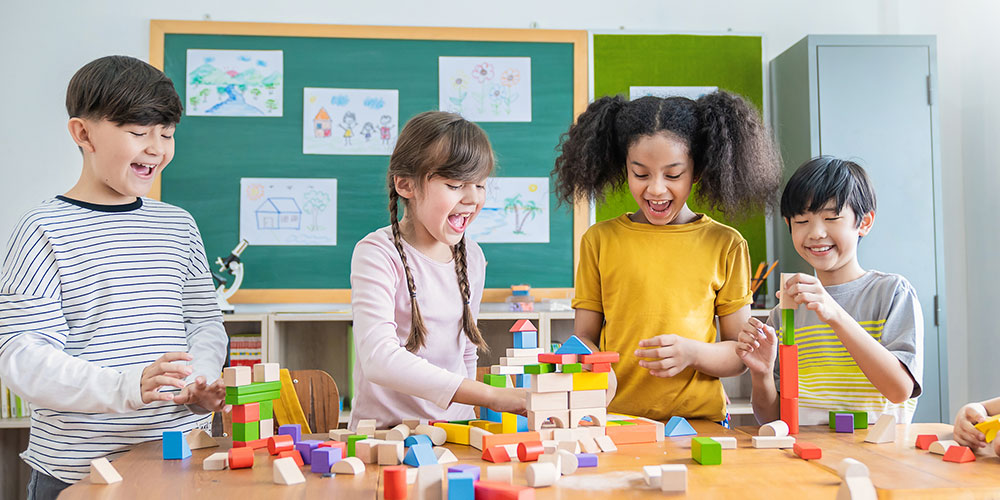
Integrating play-based learning into the curriculum transforms the educational experience, yielding benefits that far surpass those of purely academic, didactic instruction.
A. Increased Engagement and Motivation: When learning is playful, children are naturally more engaged and motivated. They are intrinsically driven by curiosity and joy, leading to deeper levels of concentration and a sustained interest in learning, reducing the need for external rewards.
B. Deeper Understanding and Retention: Experiential learning through play leads to more meaningful and lasting understanding. Children construct their own knowledge by actively doing and exploring, rather than passively receiving information. This translates to better long-term retention of concepts.
C. Development of 21st-Century Skills: Play-based learning is a natural incubator for critical skills essential for the modern world:
* Collaboration: Working together on projects, sharing materials, and negotiating roles.
* Communication: Expressing ideas, listening to others, and articulating thoughts clearly.
* Creativity: Imagining new scenarios, solving problems in unique ways, and inventing.
* Critical Thinking: Analyzing situations, making decisions, and evaluating outcomes.
* Problem-Solving: Identifying challenges and devising solutions in a hands-on manner.
D. Personalized Learning: Play-based environments inherently allow for personalized learning. Children can pursue their own interests, work at their own pace, and engage with materials in ways that resonate with their individual learning styles, leading to more tailored educational experiences.
E. Reduced Stress and Anxiety: A playful learning environment reduces the pressure often associated with formal academics. This lower-stress setting fosters a love for learning, reduces performance anxiety, and supports overall mental well-being in young children.
F. Enhanced Social Skills and Conflict Resolution: Through shared play experiences, children practice social interactions, learn to empathize with others, resolve disagreements, and develop a sense of fair play and cooperation, crucial for navigating group dynamics.
G. Improved Language and Vocabulary: The rich, interactive nature of play, especially dramatic and imaginative play, provides abundant opportunities for children to use and expand their vocabulary, practice conversational skills, and develop narrative abilities.
H. Stronger Foundations for Formal Learning: Children who engage in robust play-based learning develop stronger foundational skills in areas like executive function, language, and social-emotional regulation. These foundations make them better prepared for more formal academic challenges as they progress through school.
I. Support for Diverse Learners: Play-based approaches are highly inclusive. They provide multiple entry points for children with diverse learning styles, developmental stages, and cultural backgrounds, allowing every child to find success and engage meaningfully.
Implementing Play-Based Learning
For play-based learning to be effective, it must be intentionally designed and thoughtfully facilitated by educators and parents.
A. Create Rich, Inviting Learning Environments: Design classrooms and home spaces with diverse, open-ended materials that invite exploration and creativity. This includes blocks, art supplies, natural materials, dramatic play props, puzzles, and sensory bins. Rotate materials regularly to maintain interest.
B. Observe and Document Play: Educators should become keen observers of children’s play. Documenting observations helps teachers understand children’s interests, identify their strengths, pinpoint areas for growth, and plan future learning experiences that are responsive to their needs.
C. Facilitate and Extend Learning through Questions: Instead of always providing answers, ask open-ended questions that encourage children to think critically, problem-solve, and elaborate on their ideas during play (e.g., “What if…?”, “How could you…?”, “Tell me more about…”).
D. Integrate Curriculum Through Play: Intentionally weave academic concepts into playful activities. For example, use a pretend grocery store to teach counting, money concepts, and literacy (reading labels); use block building to explore geometry and engineering principles.
E. Provide Ample Uninterrupted Play Time: Ensure children have large blocks of uninterrupted time for sustained play. Constant transitions disrupt deep engagement and the development of complex play scenarios.
F. Model Playfulness and Participation: Adults can sometimes join in play, demonstrating how to collaborate, problem-solve, or introduce new vocabulary, without taking over the children’s imaginative direction. Being a playful presence shows children that play is valued.
G. Embrace Outdoor Play: Outdoor environments offer unique opportunities for gross motor development, sensory exploration, and scientific discovery. Nature-based play fosters appreciation for the environment and provides different challenges.
H. Communicate with Parents: Educate parents about the benefits of play-based learning and how they can support it at home. Share examples of how seemingly simple play activities contribute to complex learning outcomes.
I. Professional Development for Educators: Provide ongoing training for teachers on the philosophy and practical implementation of play-based pedagogy, including observation skills, intentional teaching, and environment design.
Challenges and Misconceptions in Implementing Play-Based Learning
Despite its profound benefits, widespread adoption of play-based learning faces several challenges and persistent misconceptions.
A. Misconception of Play as “Non-Learning”: A prevalent misconception is that play is merely fun and lacks academic rigor, especially by parents or policymakers accustomed to traditional schooling. This leads to pressure for more didactic, worksheet-based instruction.
B. Curriculum Pressure and Standardized Testing: The demands of standardized curricula and high-stakes testing can pressure educators to reduce play time in favor of more direct instruction, even when research suggests play leads to better long-term outcomes.
C. Lack of Teacher Training and Confidence: Many educators, especially those trained in traditional methods, may lack the pedagogical knowledge, skills, or confidence to effectively facilitate play-based learning, observe meaningfully, or integrate curriculum through play.
D. Large Class Sizes and Limited Space: Large class sizes can make it challenging to manage dynamic play environments and provide individualized attention. Limited physical space in classrooms can also restrict opportunities for various types of play.
E. Parental Expectations and Communication: Some parents, driven by a desire for their child to excel academically, may prefer a more “serious” or “structured” approach and may need to be educated on the long-term benefits of play-based methods.
F. Funding and Resources for Materials: Creating rich, open-ended play environments requires diverse materials and resources, which can be a financial challenge for underfunded schools or families.
G. Perceived Messiness and Lack of Control: Play can often be messy and appear less orderly than traditional instruction. Some educators or administrators may struggle with relinquishing a degree of control or tolerating the “messiness” of active learning.
H. Assessing Learning in Play: Traditional assessment methods are not well-suited for capturing the fluid, integrated learning that occurs through play. Developing appropriate assessment tools that respect the nature of play can be a challenge.
I. Societal Pressure for Early Academics: There is increasing societal pressure for children to begin formal academics (reading, writing, arithmetic) at younger ages, often leading to a reduction in play time in early childhood settings.
A Return to Purposeful Play
The growing body of evidence supporting play-based learning, coupled with a deeper understanding of child development, signals a powerful shift in educational philosophy. The future of early childhood education increasingly recognizes that meaningful learning for young children is inherently playful.
Imagine a future where:
- Classrooms are vibrant discovery zones, filled with open-ended materials, opportunities for collaboration, and child-led exploration.
- Teachers are skilled facilitators, observing deeply, asking insightful questions, and extending learning organically within playful contexts.
- Parents are informed partners, understanding how their child’s “play” at home builds crucial cognitive and social-emotional foundations.
- Curricula are seamlessly integrated into engaging play activities, making learning relevant, joyful, and memorable.
- Assessment methods capture the breadth of learning, recognizing growth in creativity, collaboration, problem-solving, and emotional intelligence, not just academic recall.
Conclusion
Prioritizing play-based learning is not a regression to less rigorous education; it is a progressive embrace of how children naturally learn best. It is an investment in building strong foundational skills that lead to sustained academic success, well-rounded individuals, and adaptable, creative thinkers capable of navigating a rapidly changing world. By nurturing the innate curiosity and joy of learning through purposeful play, we empower the next generation to reach their fullest potential, not just academically, but as engaged, empathetic, and innovative members of society. The time to play, learn, and grow is now.

